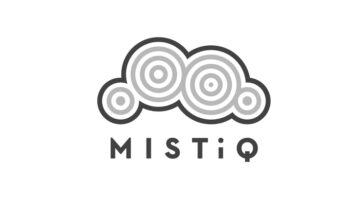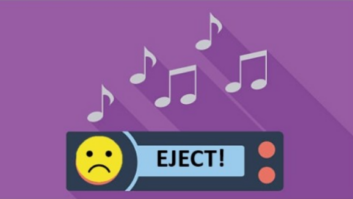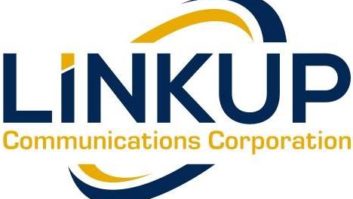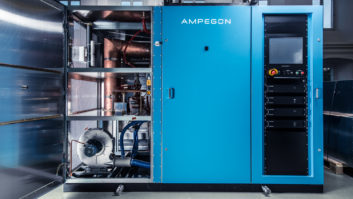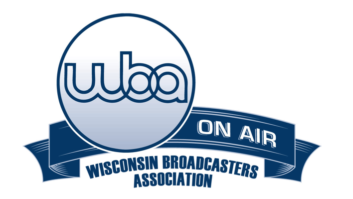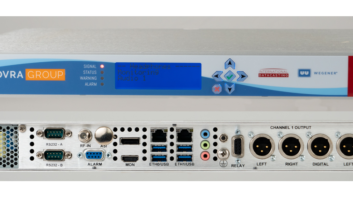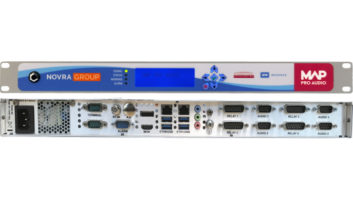Will digital radio data be able to compete with other emerging services?
To conclude our discussion of radio datacasting in the IBOC era, let’s look at other emerging and proposed formats that may provide new competition for NPAD (non-program-associated data) delivery. We’ll first consider the services that are most directly competitive, meaning those that utilize a broadcast delivery model.
Just as in the analog age, when television broadcasters presented competition to radio datacasting through their use of subcarriers, DTV datacasting could also present a competitive threat to digital radio datacasting. But the ATSC format that is used for terrestrial DTV in North America doesn’t lend itself well to portable or mobile reception, so digital radio may still have an opportunity for exclusive delivery to non-fixed platforms.
On the other hand, the datacasting bandwidth available to IBOC systems, particularly in the hybrid mode, is quite constrained relative to DTV capacity, so data-intensive applications to fixed platforms may favor DTV over IBOC delivery.
Receiver class differences
Let’s digress for a moment to consider that not all non-fixed digital receivers are created equal. Mobile and portable platforms each present their own design constraints. In the mobile case, the biggest problem is Doppler shift from the potentially high speed of the moving antenna. Space-diversity antennas may be used here, whereas these are not practical in most portable systems.
Portable (handheld or “pedestrian”) receivers, on the other hand, may not suffer as much Doppler difficulty (unless they are being carried in a moving vehicle), but they present a greater challenge to receiver designers in terms of power consumption. Most DTV or IBOC receivers utilize chipsets that have not yet been optimized for low-power operation, meaning that battery life will remain an operational constraint for handheld systems until such designs are developed.
Such a solution is likely just a matter of time, of course. Witness what has recently occurred in Eureka-147 DAB receivers in Europe, for example, where current-generation devices based on low-power (and low-cost) chips have stimulated a strong market for portable DAB radios, and in the U.K. such devices are now outselling AM/FM portable units.
Because IBOC datacasting will likely favor the non-fixed receiver environments, it’s important to note that a robust market cannot develop until portable and mobile receivers are produced, and at volumes that ensure widely affordable costs.
DVB-H
Another competitive entrant comes from the digital TV environment outside the United States.
The DTV format used in most other parts of the world is called Digital Video Broadcasting, or DVB. Like IBOC and the Eureka-147 DAB format, the terrestrial broadcast mode of DVB, called DVB-T, also uses COFDM transmission – as opposed to the 8-VSB modulation technique used by ATSC – so DVB-T can intrinsically have reasonable success in addressing portable and mobile platforms.
However, DVB-T is not truly optimized for mobile reception, and its receivers are also subject to the battery-life concerns noted earlier. So a newly developed variant called DVB-H, for “Handheld, ” has emerged, which specifically targets the mobile/portable platform with both highly robust modulation and lower receiver-power requirements.
Although DVB-H is primarily intended for use in conjunction with DVB-T systems, it can also be used alone, meaning that it could be used in ATSC countries for mobile/portable digital broadcasting.
Just such an application is envisioned by the wireless infrastructure operator Crown Castle, which in April 2003 quietly won an FCC auction for a nationwide, exclusive terrestrial license on five Megahertz of U.S. L-band spectrum (1670-1675 MHz) that had previously been allocated to weather balloon and weather satellite downlinking. Crown Castle, which paid $12.6 million for these spectrum rights (on a 10-year initial term), proposes to use the bandwidth for a DVB-H service that will broadcast digital audio, video and data to mobile and handheld platforms (although fixed receivers could also be addressed, of course).
Crown Castle is conducting a three-transmitter, single-frequency network trial of DVB-H in this band in Pittsburgh. By the time IBOC datacasting is viable, this DVB-H service may be deployed as a credible competitor.
Other competition
Another variant to consider is the recently proposed “TV-Fi” usage of interstitial TV broadcast spectrum for wireless data applications. The FCC’s high-profile floating of this concept has generated substantial response, both pro and con. It calls for the use of unused TV channels in a given market for Wi-Fi-like services, both as unlicensed spectrum for personal use in home networks (as current 802.11a, -b and -g systems use 2.5 and 5.4 GHz bands), and possibly for licensed metropolitan WAN services.
Unlike datacasting, TV-Fi is a two-way service, but it uses broadcast spectrum. Given the popularity of Wi-Fi, this could become a quick success, and draw users further away from broadcasters’ own datacasting services. While much of the spectrum would be unlicensed and free to users for their home networks, the WAN application would probably be auctioned to commercial service providers. Even though it exists in broadcast spectrum, the most probable winners of such auctions would be wireless telcos, who are most likely to pony up big bucks for winning bids.
Meanwhile, wireless telcos continue to expand their offerings to ever-more-powerful consumer hardware. So-called 3G services include numerous services targeted at the small but hi-res color displays featured on 3G phones. Many of these services duplicate the kind of offerings contemplated in datacasting, such as stock reports, sports scores, news headlines and the like, including short full-motion video clips. Here again, competition in such a data delivery market will be stiff.
The datacasting marketplace is unique in that it is being addressed by both broadcasters and wireless telcos. While this undoubtedly means greater competition, it could also allow new datacasting services to become successful more quickly, in that converged receiver platforms may be developed. Such devices exist in Japan, where prototype 3G phones with mobile digital video broadcast receivers are being tested.
Deploying receivers
One of the big obstacles to the success of any new service is the widespread deployment of receiving equipment. History has shown that early successes can happen when existing consumer equipment can be easily adapted or converted to new uses. A classic case is the consumer adoption of the Internet and the Web, which benefited from the already installed base of PCs with modems, and nearly universal POTS service. All that was required of the consumer for access to the new medium was an ISP account and a little downloadable software.
In the case of datacasting, addressing fixed-terminal users can take a similar path, leveraging the large installed base of PCs by the simple addition of a digital receiver card – just as the Wi-Fi transition has done. In contrast, for the mobile datacasting market, a whole new class of hardware will need to be deployed, but this could be converged with navigation, gaming/entertainment or other “telematics” systems being added to cars as optional (and perhaps eventually, standard) equipment.
Finally, for the portable environment, a converged 3G/DTV or 3G/IBOC device would leverage the substantial marketing power of wireless telcos, and draw consumers to the use of broadcasters’ datacasting services far more quickly than if broadcasters went at it alone.
So while competition will make success in the datacasting market difficult, it could also jump-start the industry if the right deals are cut and compatible standards adopted. These are the discussions that are now starting to occur, and their outcome will have strong resonance on broadcasters’ ability to succeed in the new marketplace that datacasting could engender.





